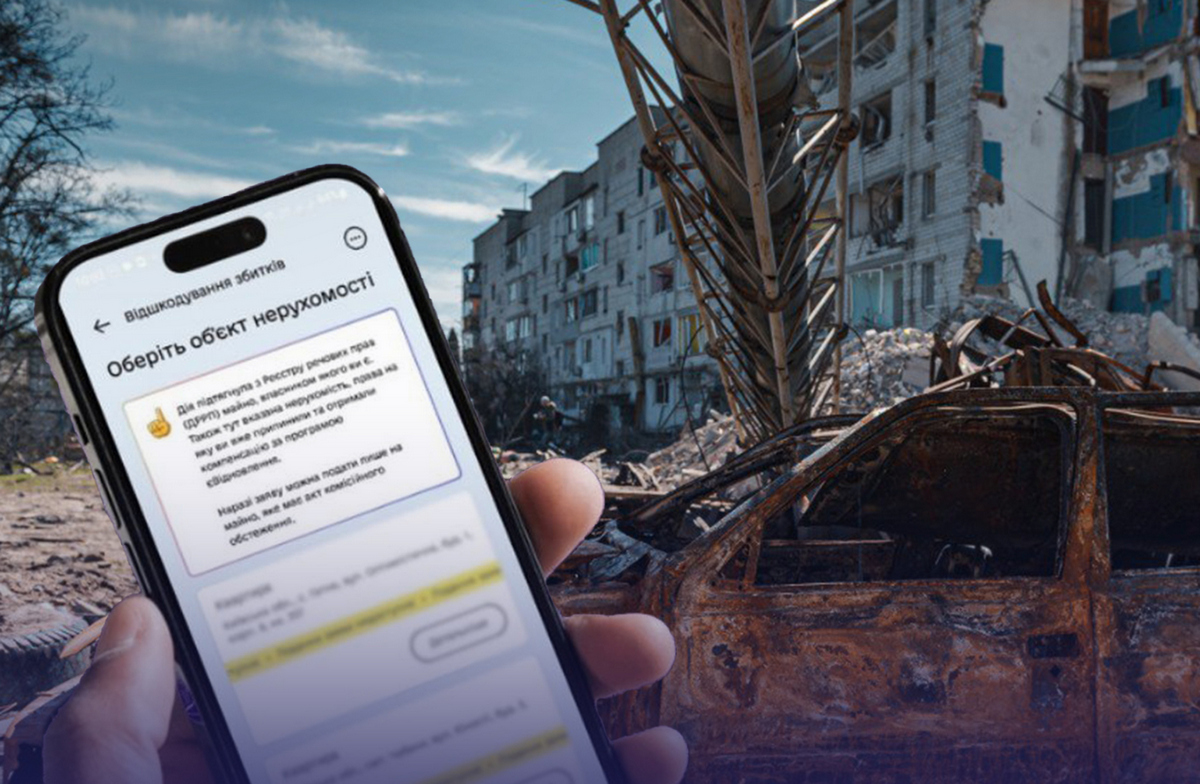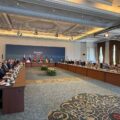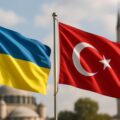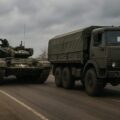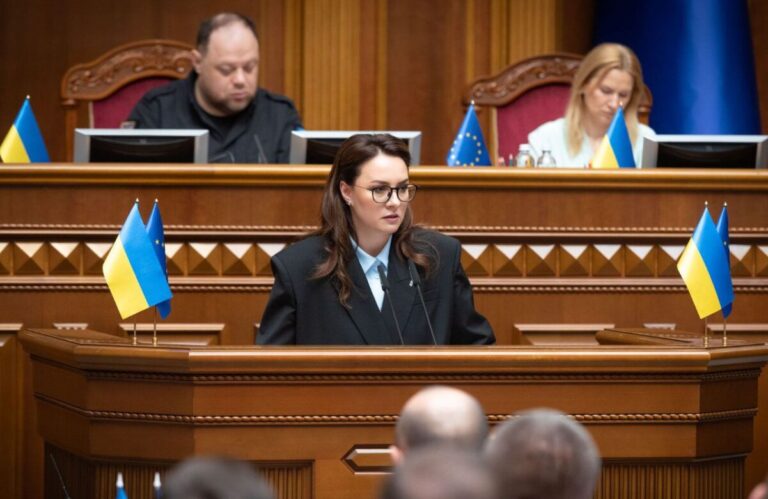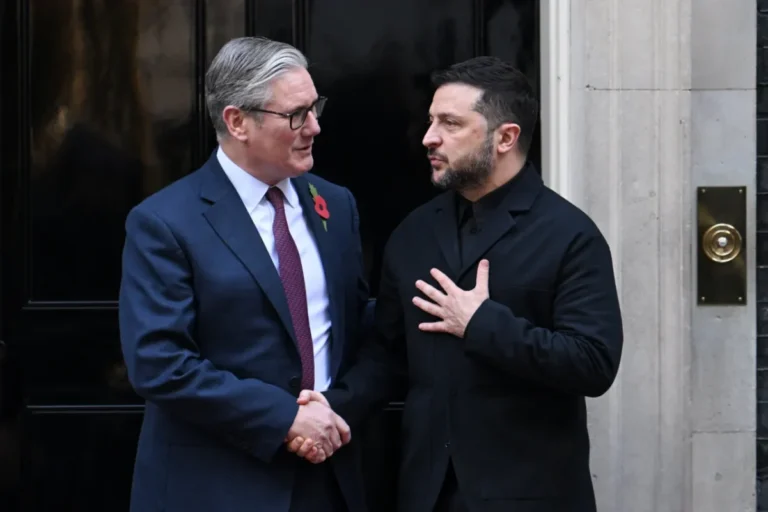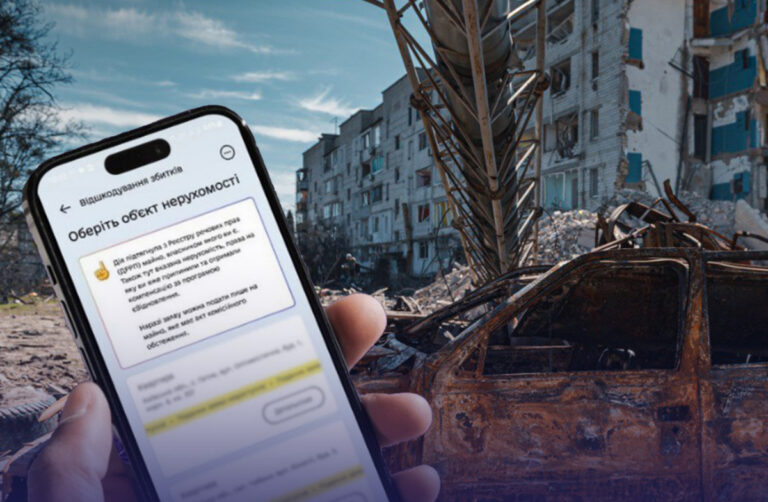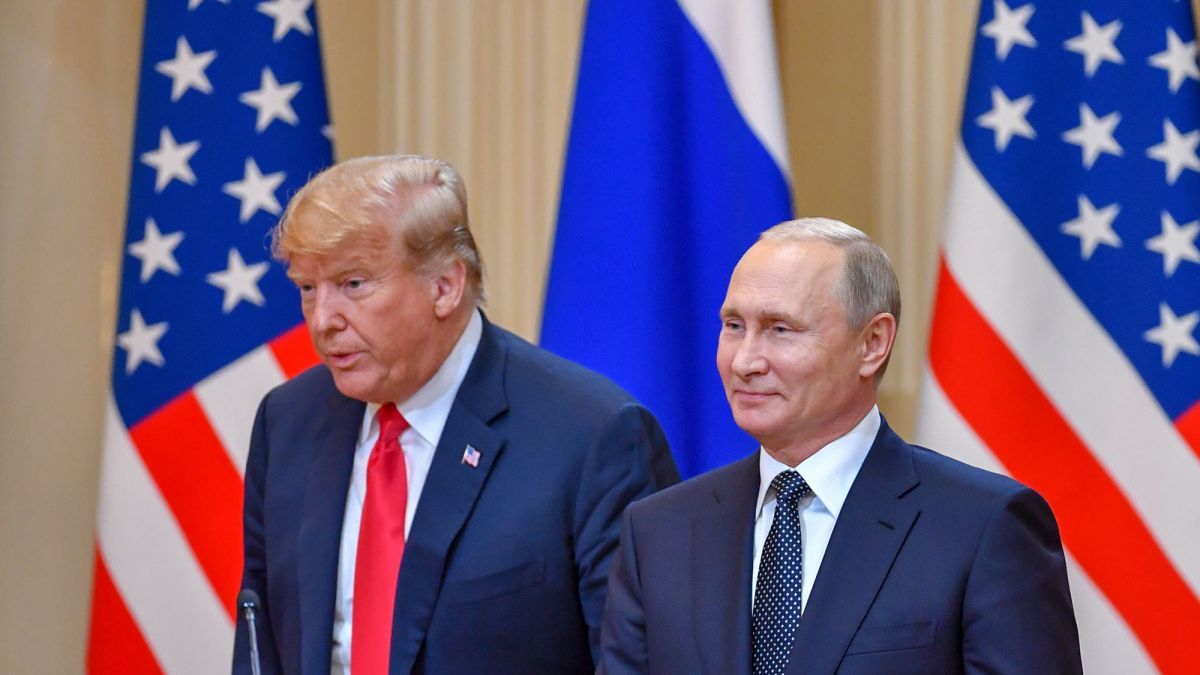
US, Russia, and Ukraine Peace Talks: What Lies Behind the “Favorable Conditions” to End the War
In August 2025, the information space was shaken by a wave of news: the United States allegedly offered Russia “favorable conditions” for ending the war in Ukraine. These discussions reportedly took place during a meeting between President Donald Trump’s special envoy, Steve Witkoff, and Vladimir Putin in Moscow on August 6. The media, citing anonymous sources and comments from certain European leaders, present this as a real turning point in the negotiation process.
The essence of the “conditions” discussed in the media:
- Not peace, but a ceasefire between Ukraine and Russia
- Postponement of the issue of occupied territories for 49 or 99 years
- Lifting most anti-Russian sanctions and potentially resuming imports of Russian energy carriers to Europe
- No clause regarding Ukraine’s non-accession to NATO and no refusal by allies to support Kyiv
Polish Prime Minister Donald Tusk and Czech President Petr Pavel stated plainly: “You know, such concessions are not easy. They still need to be ‘sold’ to the public in your own country. But I think I can say: everyone wants the war to end. I think that the terms on which it has to end are always the hardest part of this business.” Yet, despite the active public rhetoric, these conditions remain unofficial.
To date, there are no official confirmations of the approval of such conditions from the United States, the European Union, or the Office of the President of Ukraine. The US administration, including the White House and State Department, has not published any documents or joint statements containing such points. The meeting between Steve Witkoff and Vladimir Putin in Moscow was also not officially announced by the American side.
At the same time, US Secretary of State Marco Rubio speaks frankly about the complexity of negotiations:
“You know, such concessions are not easy. They still need to be ‘sold’ to the public in your own country. But I think I can say: everyone wants the war to end. I think that the terms on which it has to end are always the hardest part of this business.”
Rubio confirms that “an important element now is agreeing on the conditions under which Russia will agree to end the war. Then these conditions must be compared with the expectations of Ukraine and Europe, and only then can the difficult path of negotiating territories begin.”
Ukraine’s official position remains unchanged:
“Our joint position with partners is absolutely clear: the war must end. And it must be an honest ending… Ukraine will definitely defend its independence. We all need a long-term and reliable peace. Russia must end the war that it itself started.” – Volodymyr Zelensky.
US President Donald Trump clearly states:
“We are practically getting to that point. But right now, we are having very serious negotiations about exiting Ukraine, about settlement, ending (the war – ed.).”
He set a deadline of August 8, by which Russia must either agree to a peace deal or face new sanctions, including so-called “secondary” restrictions that is, sanctions against countries buying Russian energy resources, in particular China and India.
Trump emphasizes:
“There will be sanctions, but it seems they are quite good at avoiding them. You know, they are clever people, and they manage to avoid them quite successfully. So we’ll see what comes of this.”
In addition, Washington is actively considering ways to influence Russia’s “shadow fleet,” which is circumventing oil restrictions, as well as the possible redeployment of military assets. Secretary of State Marco Rubio specifically highlights the economic levers of pressure:
“Putin will stop killing people if energy prices fall by another $10 a barrel. He will have no choice, because his economy is in miserable condition.”
The Kremlin’s position remains unchanged: Putin insists on the withdrawal of Ukrainian troops from Donetsk, Luhansk, Zaporizhzhia, and Kherson regions, as well as reducing the size of the Ukrainian army.
A few days before Witkoff’s visit, Moscow made it clear: it is not ready to make concessions, although Russian media discuss the possibility of an “air truce” to avoid new US sanctions.
Furthermore, the Kremlin is openly pursuing a strategy of playing for time using promises of a truce to maintain the status quo in the occupied territories.
From the EU side, there are signals of willingness to seek compromises, but there are no official confirmations that “favorable conditions” have been approved or even specifically discussed.
Moreover, in statements by NATO leaders for example, in the joint statement of the presidents of the Baltic States, Finland, and Poland there is a clear demand to maintain sanctions pressure on Russia, especially regarding the “shadow fleet” and the energy sector.
What’s Behind the Information “Leaks”
Analysis of the sources shows:
- The most high-profile “favorable conditions” revolve around anonymous leaks and political commentary.
- Official positions remain tough on the territorial integrity of Ukraine and sanctions against the Russian Federation.
- Most likely, such information campaigns are used to “test the reaction” of the public, influence negotiations, and prepare the ground for real diplomatic concessions in the future.
The Diplomacy of Possibility and the Cost of Compromise
As of now, there are no official decisions on ending the war on terms proposed by the US or agreed with Europe and the Russian Federation.
Negotiations focus on complex and painful issues but the principles of sovereignty, independence, and territorial integrity remain unchanged in all official statements by the parties.
All sides publicly admit: the main problem is “the terms on which it has to end are always the hardest part of this business.”
This is not a time for banal optimistic forecasts or clear-cut scenarios. Diplomacy is working at the limit between hard ultimatums, sanction pressure, and keeping space for negotiations.


